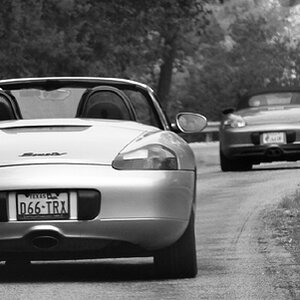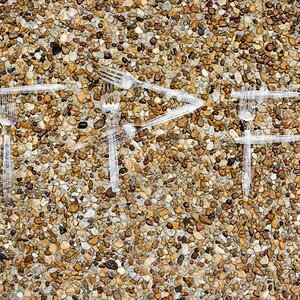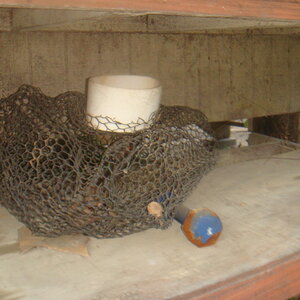clanthar
TPF Noob!
- Joined
- Aug 2, 2010
- Messages
- 767
- Reaction score
- 86
- Location
- Saint Louis MO
- Can others edit my Photos
- Photos OK to edit
The real name is datura wrightii. Native Americans of the southwest used it in rituals to induce hallucinations thus the name sacred datura. The less politically correct name was given to the plant by the new Americans. A tea made from soaking a dozen seeds in a couple cups of hot water will do the trick. It's dangerous stuff and very easy to brew up a lethal dose. A small dose will cause temporary blindness and hallucinations; a little more will cause respiratory arrest. Every part of the plant is toxic.
A very strange plant it blooms at night. It has large dramatic gorgeous white flowers and some people will plant it deliberately. Datura flowers in the moonlight can be a spectacular experience.
So I was out for my afternoon walk and ran into one growing wild in the alley. It had fully formed seed pods which should burst open in another week or so. The seed pods are the aesthetic opposite of the flowers. I may have to go back to collect some seeds.
Joe

A very strange plant it blooms at night. It has large dramatic gorgeous white flowers and some people will plant it deliberately. Datura flowers in the moonlight can be a spectacular experience.
So I was out for my afternoon walk and ran into one growing wild in the alley. It had fully formed seed pods which should burst open in another week or so. The seed pods are the aesthetic opposite of the flowers. I may have to go back to collect some seeds.
Joe





 In this area most people refer to Datura as "Moonflowers" or "Angel Trumpets" (although Angel Trumpets actually hang towards the ground not upwards towards the moon). The seed pod is often referred to as, "The devil's apple."
In this area most people refer to Datura as "Moonflowers" or "Angel Trumpets" (although Angel Trumpets actually hang towards the ground not upwards towards the moon). The seed pod is often referred to as, "The devil's apple."
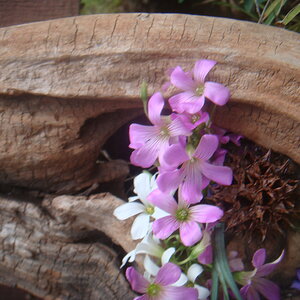
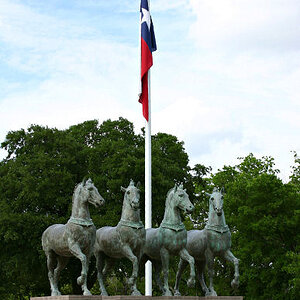
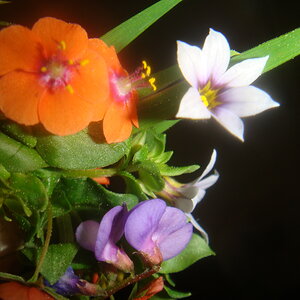

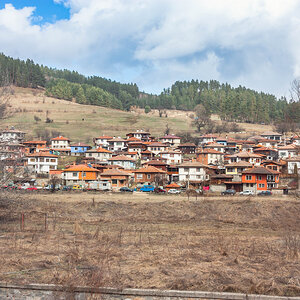


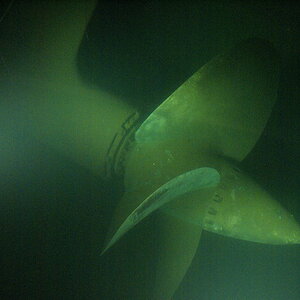
![[No title]](/data/xfmg/thumbnail/37/37535-0e9dcff8bc21e85b84fa89af160ac8d5.jpg?1619738132)
